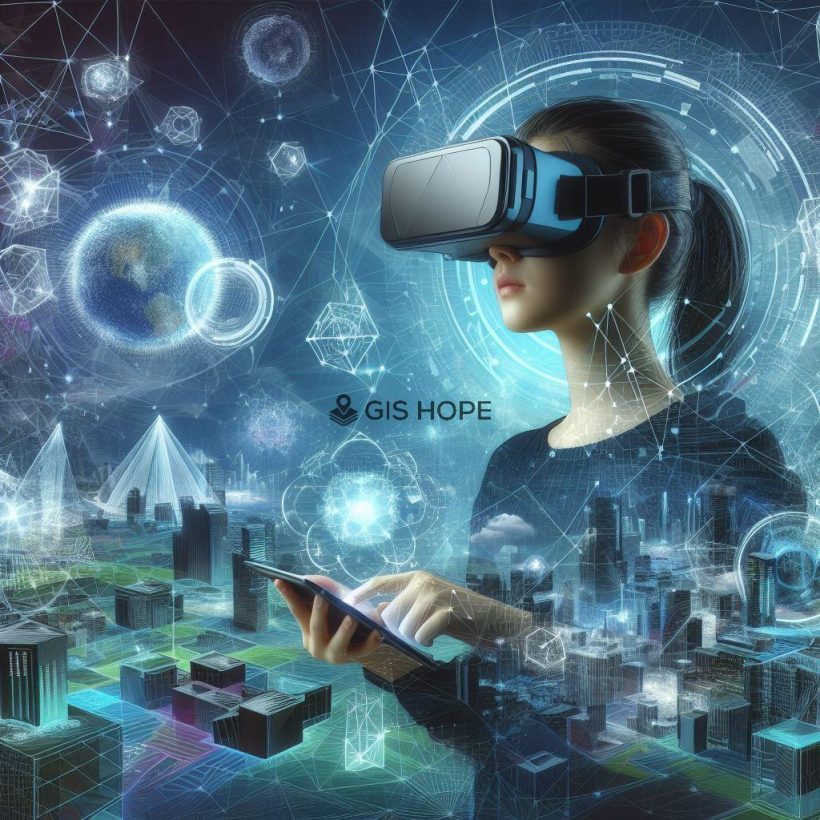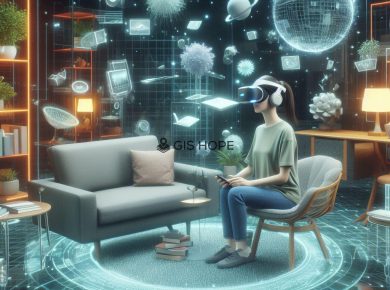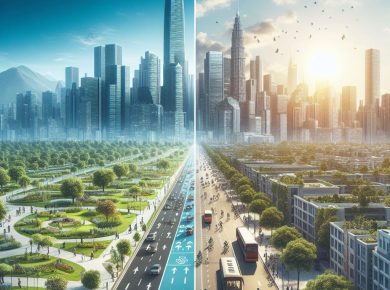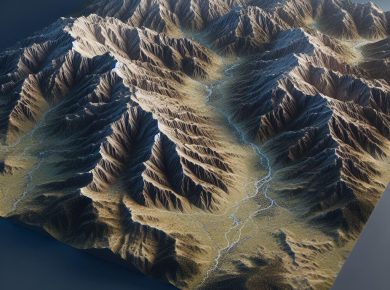Virtual Reality (VR) and Augmented Reality (AR) have transcended the realm of science fiction to become integral components of our digital landscape. These immersive technologies offer users experiences that extend beyond reality, blurring the lines between the physical and digital worlds. This essay explores the exciting world of VR and AR applications, highlighting their transformative impact across industries and their potential to shape the future of interaction in the digital age.
Exploring Virtual Reality (VR)
Virtual Reality (VR) immerses users in simulated environments, providing an interactive and immersive experience. VR applications span various industries, from entertainment and gaming to education, healthcare, and beyond. In the entertainment sector, VR enables users to explore virtual worlds, participate in immersive storytelling experiences, and interact with digital content in unprecedented ways. In education, VR offers immersive learning experiences, allowing students to explore historical sites, dissect virtual organisms, and engage with complex concepts in a tangible way.
Unlocking the Potential of Augmented Reality (AR)
Augmented Reality (AR) overlays digital content onto the real world, enhancing users’ perceptions of their surroundings. AR applications are diverse, ranging from gaming and marketing to navigation, retail, and industrial applications. In gaming, AR enables users to interact with virtual characters and objects overlaid onto the physical environment, creating immersive gaming experiences that blend reality and fantasy. In retail, AR allows customers to visualize products in their own space before making purchasing decisions, enhancing the shopping experience and reducing returns.
Transformative Impact Across Industries
VR and AR technologies have a transformative impact across industries, driving innovation and reshaping traditional processes. In healthcare, VR is used for medical training, surgical simulation, and therapy, providing healthcare professionals with immersive learning experiences and patients with therapeutic interventions. In architecture and design, VR and AR enable architects and designers to visualize and interact with 3D models in real-world environments, facilitating better design decisions and client communication.
Shaping the Future of Interaction
VR and AR technologies are shaping the future of interaction in the digital age, ushering in a new era of immersive and interactive experiences. As these technologies continue to evolve, their applications will expand, and their impact will deepen across industries. From virtual meetings and remote collaboration to immersive storytelling and interactive learning, VR and AR have the potential to revolutionize how we work, learn, communicate, and experience the world around us.
In conclusion, Virtual Reality (VR) and Augmented Reality (AR) applications offer exciting possibilities for immersive and interactive experiences across industries. From entertainment and gaming to education, healthcare, and beyond, VR and AR technologies are driving innovation and reshaping traditional processes. As these technologies continue to evolve, their transformative impact will only grow, shaping the future of interaction in the digital age and beyond.
References
- Singh, D., & Bansal, P. (2020). “Virtual Reality and Augmented Reality: Concepts, Methodologies, Tools, and Applications.” IGI Global.
- Sherman, W., & Craig, A. B. (2018). “Understanding Virtual Reality: Interface, Application, and Design.” Morgan Kaufmann.
- Lee, K., & Chung, N. (2021). “Augmented Reality and Virtual Reality in Tourism Marketing.” Routledge.
- Milgram, P., & Kishino, F. (1994). “A Taxonomy of Mixed Reality Visual Displays.” IEICE Transactions on Information and Systems.






